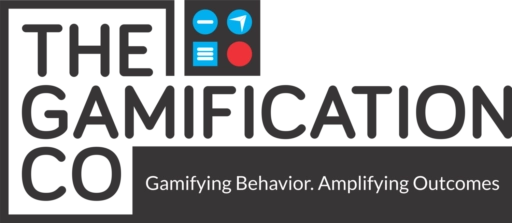Dr Kalindi Bhat
Leadership Development Consultant, Facilitator, and Coach, shares her experience with using SeTU during her facilitation sessions
SeTU – when I first heard about it, that it’s a ladder and snake game, I was really excited. I said, oh, what is it? Let me just see. I didn’t know how it’s played, etc., though it had the instructions very clearly written. And when I first tried that, some of my observations, because I tried it, I mean, I’ve done programs with SeTU many times, with many groups, senior groups, middle management groups, and even the youngsters. What I find is that the moment they see this game, the first thing is that they become like children. You know, they just are curious and want to know, hey, what’s in it for me?
So that mindset really, really helps because they become childlike and they are willing to explore, they become curious. And now this is a state of mind which helps us learn anything. But this is very naturally created because it’s the game of ladder and snake. Right? Very true. So, then they get into the game. Now what happens is that this game is aimed at knowing what values you really are practicing when you take any action. So, there are some objectives for which this game is aimed for.
But there are certain outcomes or consequences of this game, which are almost more impacting and worthwhile. I’ll first tell you the objectives. So, this game is about, they’ve described these actions, okay? While playing, when you get either a black card or a white card, you have to reflect on these actions of the card. You know, actions are written on the card. You reflect on these actions through structured questions. And these structured questions are inbuilt support from the game. So, it’s not that you think about, okay, what question as a facilitator will I ask?
The facilitator gets help with the structured questions to make the group reflect on the action. So, it’s very reflective. Some of the discoveries that you find in yourself – many times you do so many things consciously, unconsciously but we never sit down and reflect – if this was a choice, why did I make that choice? Okay? So, one layer beneath that is your value, which this game makes you reflect. There are lots of discoveries of self. You start realizing that, you know, there’s some of the patterns of your actions that have certain values which you had never consciously thought of.
So, it’s a great discovery game, self-discovery, in terms of value. Then secondly, what happens is, when you are listening to others, because everyone is getting a card and everybody is reflecting. People become nostalgic because they are thinking, they are telling you, they get attention from the listeners, so they feel valued? And we get to know the participants at the deeper level. Now, this may not be the objective when the game was constructed.
But the impact of this is you get to know your team or people who you’re working with at a deeper level. Because they are reflecting on their values, they’re telling you what is important to them, why they made a decision. It also helps you in reflecting on your observation, and some of your own experiences. For example, I’ll give you an example. There is a card like, when was it last time you helped somebody when that person was in need?
If that was it. And the question which you ask is, when did you do it last time? So, you are reflecting on your actions but there are certain cards, you know, where when did you, you have betrayed somebody. In the black card, there are all negative behaviors. So now some of the negative behaviors you may not have actually done. There’s no experience, but have you observed anybody doing that? It makes you kind of reflect on the observation that you have had in and around you.
It’s not only what you have been doing, but also what others have been doing. And therefore, it makes you aware, you know, of what you say, in a lot of clarity because you’ve never observed it with that kind of clarity. So, this also gives you an input for your observations next time. Okay. Next time for your own actions and for the others’ actions. So the collective learning, if you look at, people understand that every value has certain behaviors, okay? And while we are behaving, we are demonstrating some value or the other. We have to be mindful of what is it that I’m really demonstrating. I may be saying something but what am I demonstrating through my actions? Facilitators can use it whenever we are drawing value behavioral indicator.
People don’t understand what are behavioral indicators and because it’s often a first-time exercise. And normally people get to do it say two, three times in their lifetime, whenever they are in the organization and at that level, where you are kind of drawing values for your people. So it’s a very precious exercise. So normally top team, you say integrity is my value. Okay, our organization wants integrity as a value. But when you straightaway ask this question, what is it that you want people to really demonstrate at different levels?
It is very difficult to think of what are you trying to say about behaviors, etc. So, when you make them play this, then they get an idea – this behavior, but this is indicating this. You can help them to draw behavior indicators through this game. This is what I have done.
